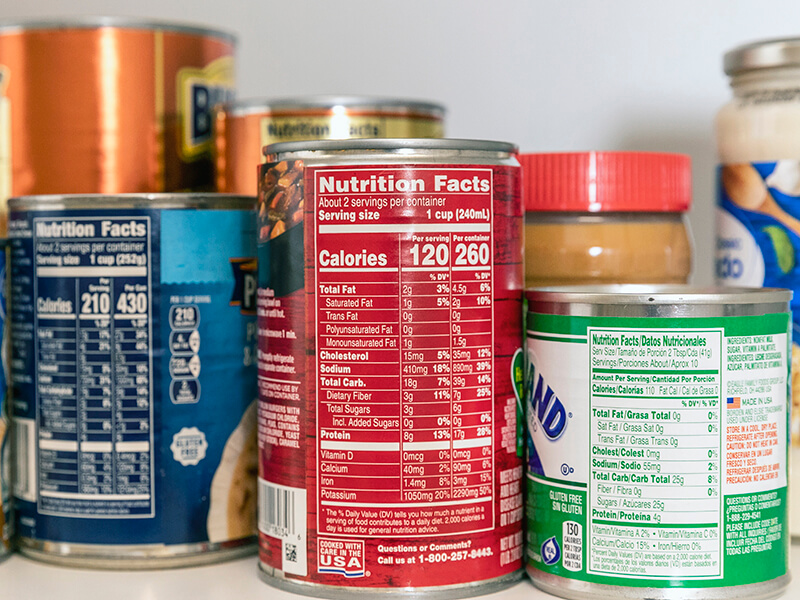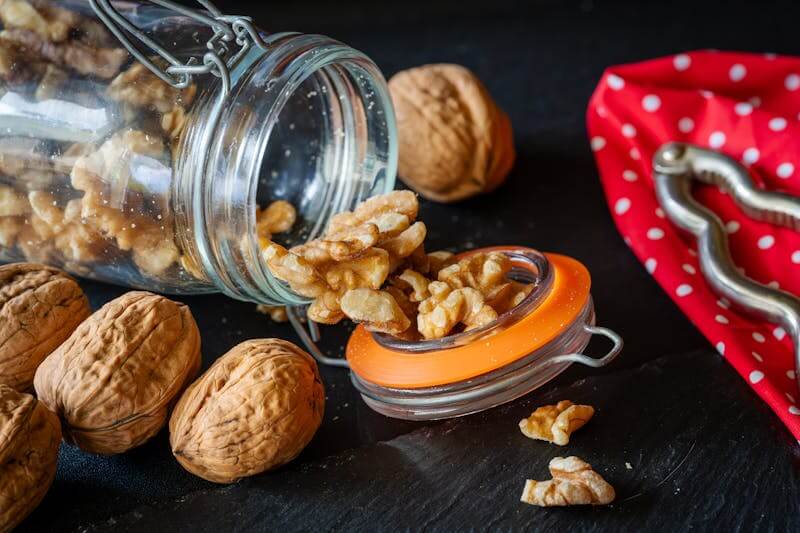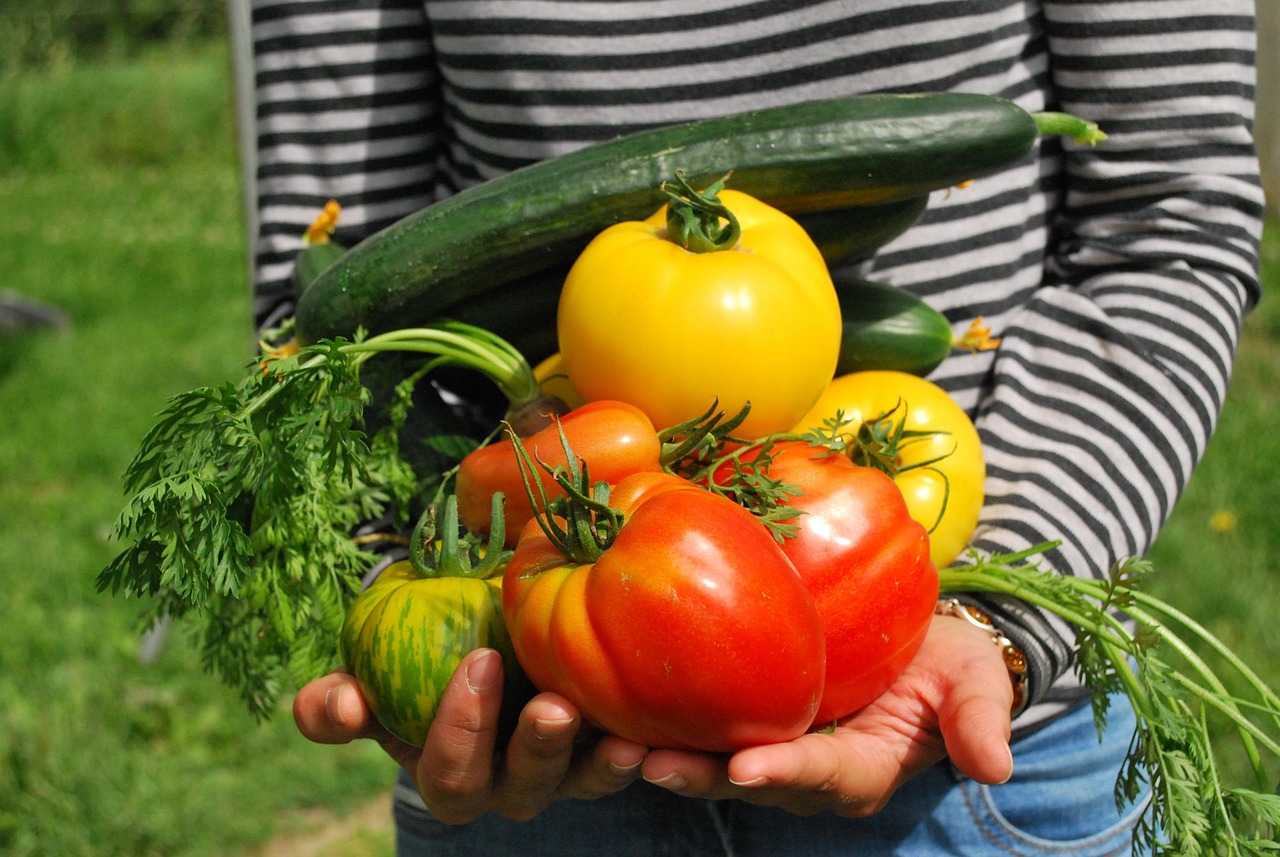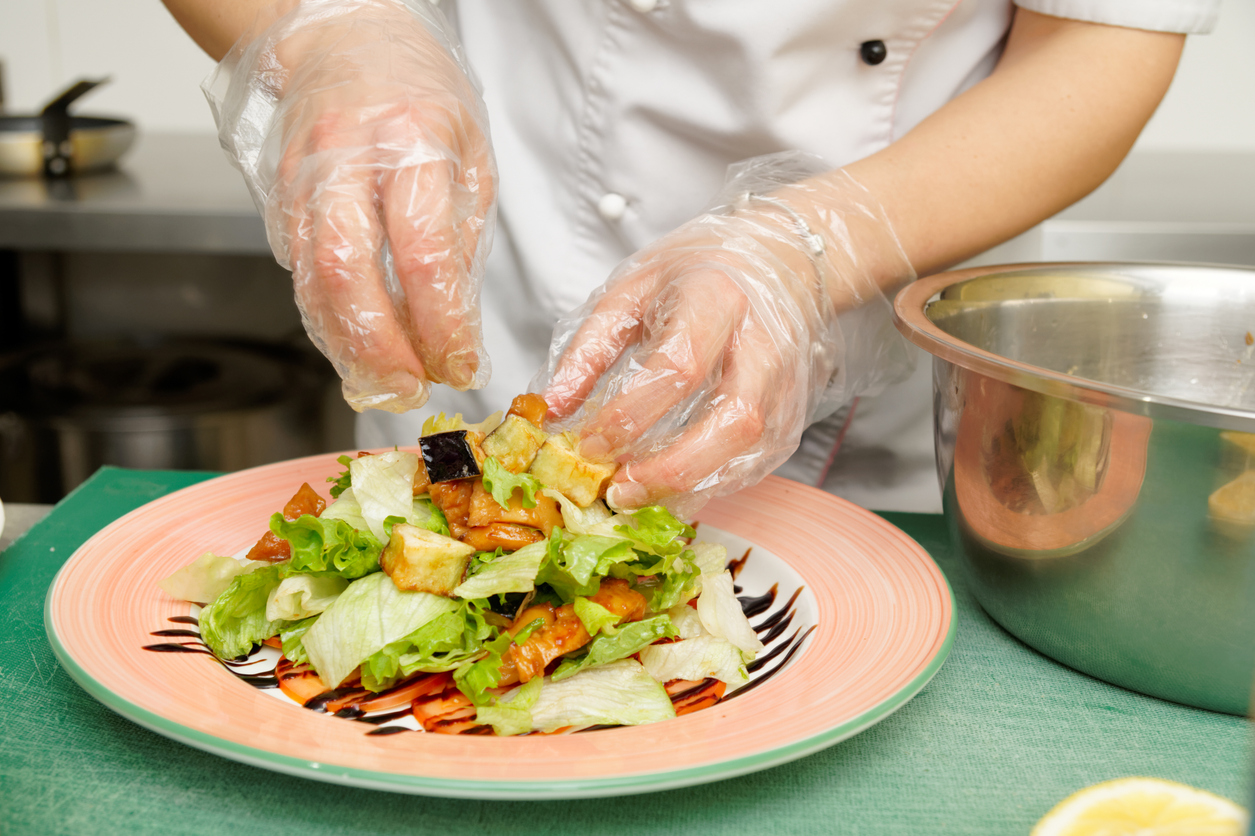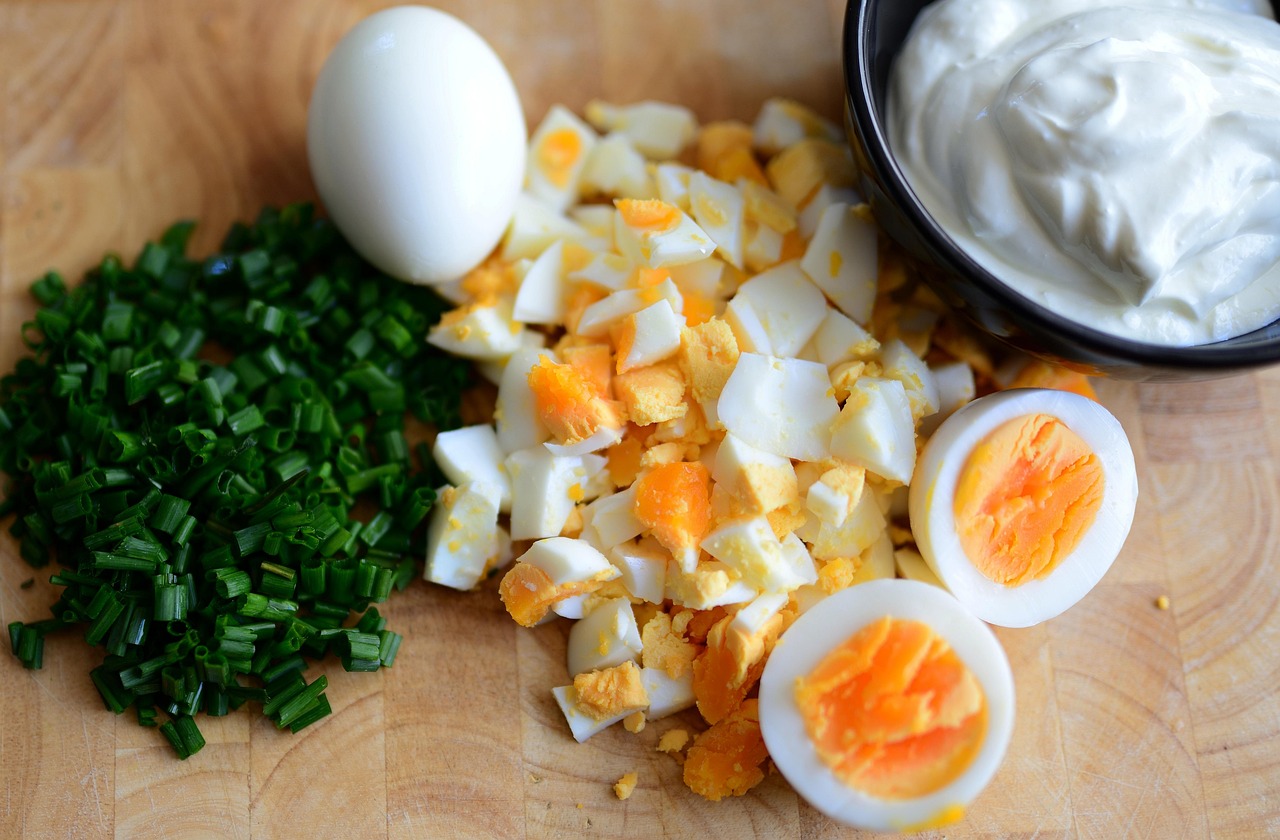Preservation Power of Honey
Students will expand their knowledge of microbial growth and scientific food preservation methods to learn how honey can serve as an antibacterial agent. Students will learn how honey may be used as a preservative of milk in areas without access to electricity or refrigeration and how this preservation method relies on elements found specifically in honey that cannot be replicated with other sources of sugar.
